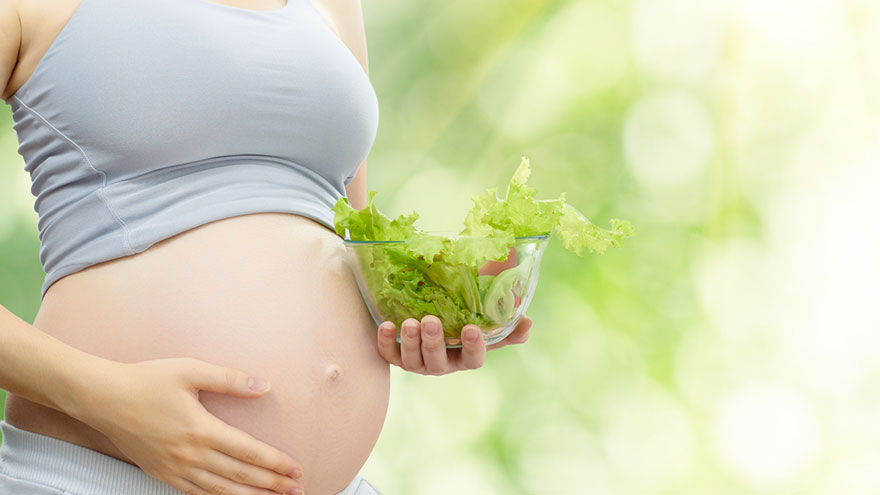How to Be a Pregnant Vegetarian
Approximately 20 million Americans follow some form of a vegetarian diet, according to The University of Rochester Medical Center. Individuals who follow a vegetarian diet have lower rates of hypertension and Type 2 diabetes, and lower LDL cholesterol levels than non-vegetarians, according to the American Dietetic Association.
Eating a vegetarian diet does make it more challenging to get all the nutrition you need, particularly when you are pregnant. While it may be more of a challenge, it is absolutely possible to meet your nutritional goals eating a vegetarian diet while pregnant.
5 Step to Be a Pregnant Vegetarian

1. Talk to your healthcare provider.
He has access to your medical records, including blood tests, and knows if you have a tendency toward anemia or other nutrient-related deficiencies.
It is important to let your doctor know that you follow a vegetarian diet. He can give you specific recommendations about foods and supplements that best fit your situation.
2. Eat plenty of protein.
Average American gets plenty of protein in their diet, but vegetarians have a more limited pool of protein sources, so naturally consume less. If you eat eggs and dairy products, you shouldn’t have much trouble meeting protein guidelines. Pregnant vegans can get protein from beans, other legumes and soy.
3. Supplement your diet with B12.
This vitamin is only available from animal sources, so eat foods supplemented with B12 or take a B12 supplement. Most cereals and many soy products are fortified with B12.
4. Get creative when looking for calcium sources.
While dairy is a common source of calcium, many types of greens — such as kale and mustard greens — are also excellent sources. Fortified soy milk and corn tortillas made with lime, which contains calcium carbonate, are other calcium-rich foods.
5. Combine iron sources with vitamin C.
Iron from plants isn’t absorbed as easily as that from animal sources, but vitamin C improves absorption. Eat plant-based sources of iron such as lentils, beans and leafy greens. Include foods rich in vitamin C such as melons, broccoli and tomatoes.

